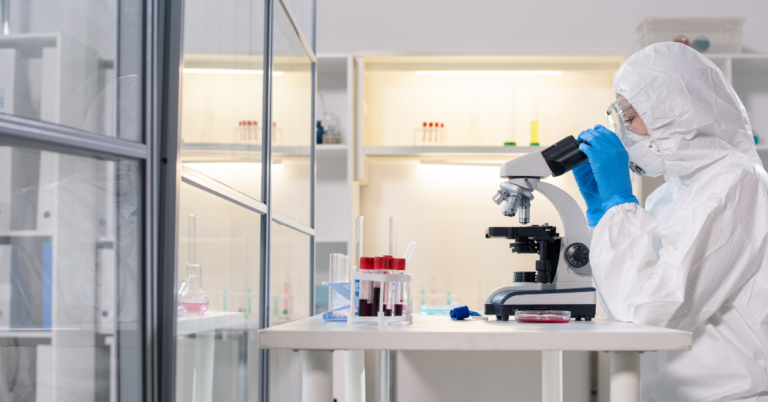Chinese scientists have been conducting experiments involving a mutant strain of the coronavirus that has proven to be 100 percent lethal in mice.
This research, which has raised serious concerns about the possibility of another pandemic, was carried out by scientists in Beijing who have direct links to the Chinese military.
The scientists cloned a Covid-like virus called GX_P2V, which was originally found in pangolins, and used it to infect mice. What makes this experiment particularly alarming is that the mice were “humanized,” meaning they were genetically engineered to express a protein found in humans. The objective was to observe how the virus would react in a human-like environment.
Sen. Rand Paul (R-KY) and Dr. Anthony Fauci get into a heated exchange during a Senate HELP Cmte hearing on COVID-19. January 11, 2022.
According to data leaked from China to London, every single mouse infected with this mutant strain succumbed to the infection within a remarkably short span of just eight days. The researchers were surprised by the high levels of viral load found in the mice’s brains and eyes, suggesting that this virus has a unique method of multiplying and spreading throughout the body, despite its relation to Covid.
According to a study conducted by the Beijing University of Chemical Technology, this virus was actually discovered back in 2017, prior to the Covid outbreak. It was found in pangolins in Malaysia, which are known to be carriers of coronaviruses and were suspected to be the intermediate host that transmitted Covid from bats to humans. The scientists cloned the virus and stored multiple copies in their lab in Beijing, where it continued to evolve.
It is unclear when exactly this newly surfaced study was conducted, but the researchers speculate that the virus may have undergone a “virulence-enhancing mutation” while in storage, rendering it even more deadly.
In the experiment, eight mice were infected with the virus, eight were infected with an inactivated virus, and eight were used as a control group. All the mice infected with the virus died within seven to eight days of infection.

The symptoms exhibited by the infected mice included complete whitening of their eyes, rapid weight loss, and fatigue. The researchers discovered significant amounts of the virus in various organs of the mice, including the brain, lungs, noses, eyes, and windpipes. By day six, the viral load in the lungs had decreased significantly, but the brains of the mice had shrunk, and virus levels in their brains remained exceptionally high.
These findings suggest that the virus initially infects the respiratory system and then migrates to the brain, which is different from Covid, known for causing lower lung infections and pneumonia in severe cases.
READ MORE:
- DR. ANTHONY FAUCI SET TO TESTIFY IN HOUSE OVERSIGHT COMMITTEE INVESTIGATION INTO HIS HANDLING OF THE COVID CRISIS
- $12M TAXPAYER-FUNDED NIH RESEARCH FACILITY IN COLORADO WILL IMPORT BATS FROM ASIA AND INFECT THEM WITH DEADLY DISEASES
- RESPIRATORY ILLNESSES ON THE RISE IN COLORADO
- CDC SYSTEM TRACKING VACCINE ADVERSE EFFECTS IS OVERWHELMED
The researchers concluded that this study is the first to demonstrate that a SARS-CoV-2-related pangolin coronavirus can cause 100 percent mortality in mice with human-like characteristics, indicating a potential risk of spillover into humans.
This experiment has sparked a new debate in China regarding the ethical implications of such research, specifically whether it falls under the category of “gain of function” research. Gain of function research involves intentionally enhancing the deadliness or infectiousness of viruses to study their evolution.
The Biden Administration has only recently tightened rules around this type of research, but the definition of gain of function remains a subject of contention.

